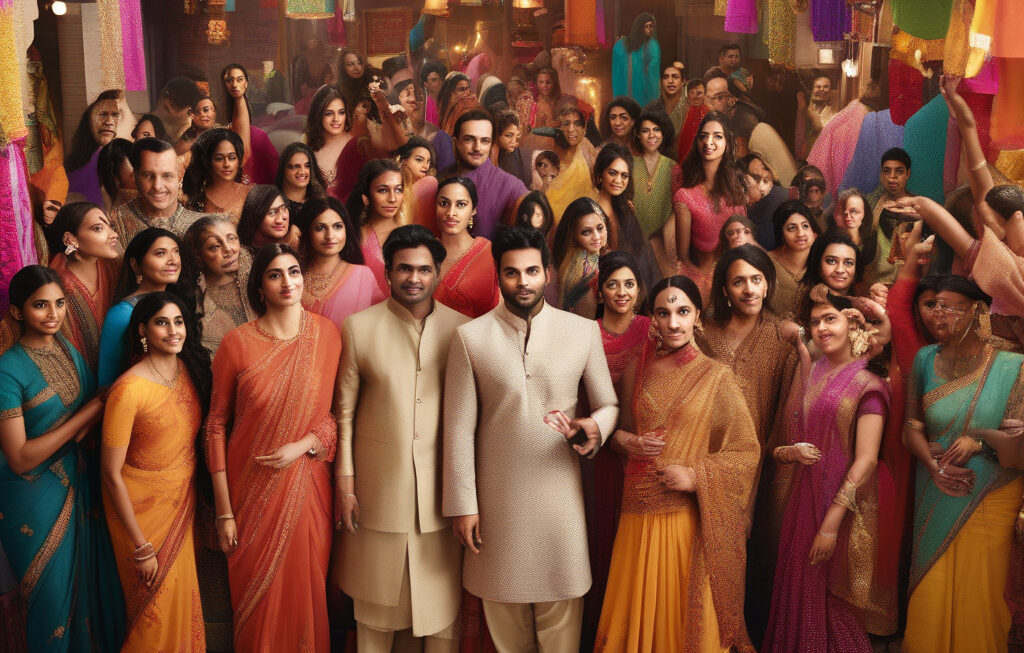Saks Is Ceding Ground to Luxury Rivals After Buying Neiman Marcus
The $2.7 billion acquisition of Neiman Marcus by Saks was seen as a strategic move to solidify their positions as luxury retail giants. However, the reality has turned out to be quite different, with both department stores now finding themselves struggling to keep up with fierce competitors such as Nordstrom and Bloomingdale’s.
Despite the initial optimism surrounding the acquisition, Saks has been facing challenges in maintaining its market share in the luxury retail sector. The competition from other high-end department stores has intensified, putting pressure on Saks to differentiate itself and attract discerning customers.
Nordstrom, known for its exceptional customer service and wide range of designer brands, has been a particularly formidable rival for Saks. The Seattle-based retailer has managed to capture a significant portion of the luxury market, drawing customers away from Saks with its innovative shopping experiences and exclusive offerings.
Bloomingdale’s, with its iconic flagship store in New York City and strong brand reputation, has also posed a threat to Saks’ dominance in the luxury retail space. The department store chain has been successful in adapting to changing consumer preferences and has maintained a loyal customer base through its strategic marketing initiatives.
In contrast, Saks has struggled to keep pace with the evolving demands of luxury shoppers. The acquisition of Neiman Marcus was supposed to give Saks a competitive edge, but instead, it has faced integration challenges and operational issues that have hindered its ability to effectively compete with rivals.
To regain lost ground and stay ahead in the luxury retail race, Saks will need to rethink its strategies and focus on enhancing the overall customer experience. This could involve investing in personalized services, exclusive collaborations with top designers, and digital innovations to create a seamless shopping journey for its discerning clientele.
In conclusion, the $2.7 billion acquisition of Neiman Marcus by Saks was intended to strengthen their positions as luxury giants. However, the reality of increased competition from rivals like Nordstrom and Bloomingdale’s has placed Saks in a challenging position. By refocusing its efforts on meeting the evolving needs of luxury consumers, Saks can hope to reclaim its status as a leading player in the upscale retail market.
luxury, Saks, Neiman Marcus, competition, department stores












